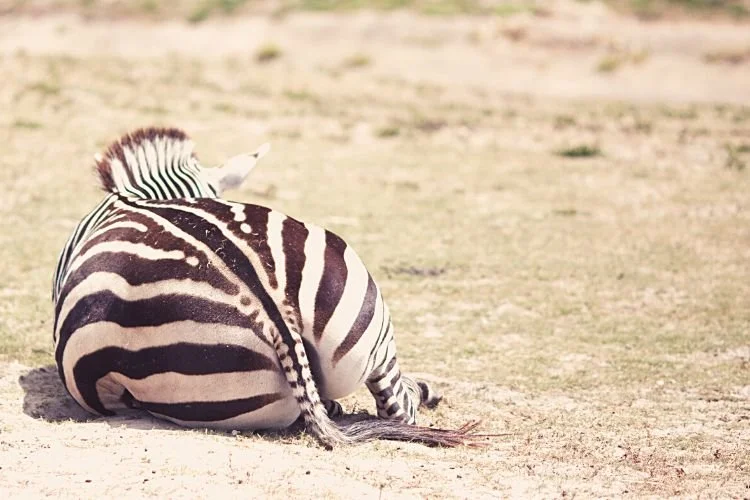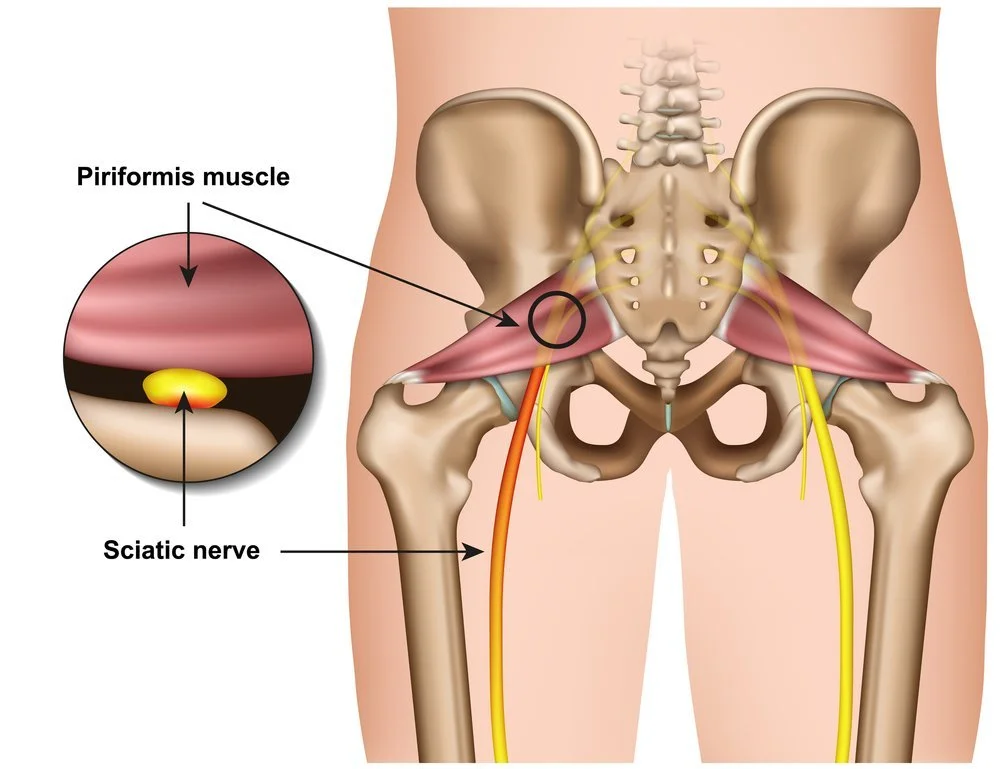Limitless Run Series: Piriformis Syndrome - A (Literal) Pain In The Butt
Have you ever found that running is a pain in the butt? Literally and figuratively? Piriformis syndrome might be the answer to your problem!
What causes Piriformis Syndrome?
The Piriformis is a muscle located in our buttock region, that helps to rotate our hip joint and stabilise our pelvis especially when we spend time on one leg, either running or walking.
Our piriformis muscle runs extremely close to our sciatic nerve- a nerve that goes all the way from our lower back to the bottom our foot, and when irritated can cause pain, numbness and tingling all the way from our buttock to our foot.
Although piriformis syndrome itself doesn’t have one specific cause, evidence suggests that the piriformis muscle might be spasming, overloaded, weak, tight – or it may be irritated secondary to our surrounding structures like joints or muscles in our lower back or hip.
Are you getting glute pain when running?
When we run, we spend a lot of time on one leg propelling ourselves forward and our pelvic muscles should enable us to be stable through this motion. If our surrounding glute /pelvis muscles cannot withstand the load due to weakness or endurance fatigue, our piriformis might become irritated and cause a burning, sharp pain in our buttock that may or may not radiate down our leg.
If you have just recently started running and are not someone who regularly does deep glute strengthening exercises, you might find that you are experiencing this pain. Don’t worry, it’s not permanent, it is just your body’s way of telling you that you need to be stronger if you want to continue to run!
What treatment is there for Piriformis Syndrome?
Some suggestions on the management of piriformis include; piriformis release – whether it be self release or from a physiotherapist, and – you guessed it – glute strengthening exercises! There may also be additional exercises to ensure stability during single leg stance.
Firstly, we recommend you come see one of our friendly physiotherapists for an assessment on your pain as our piriformis is not always the source of glute pain and we want to assess and rule out that it is not coming from your hip or your lower back.
We will do a gait assessment which can give us a further understanding of the load your hip joints/ glutes are undergoing when walking and running. We might also treat your lower back, hip joint and do deep tissue release of this deep muscle (it’s not super pleasant!!) but will hopefully alleviate your symptoms.
We will assess the strength of your glutes, guide you through exercises you can do at home that will complement your injury and encourage you to release your own glute through stretching and trigger point release, normally with a spiky or hard ball.
Should I run with sore glutes?
Just because you have a pain in the butt doesn’t mean you can’t run at all – we will manage your injury with potentially a decrease in load, encourage you to run on softer, flatter surfaces and ensure your muscles are strong to support your individual running style.
So if you’re in training for the city2surf or just want to run without it being a pain in the butt- come and book in and let us help you!





